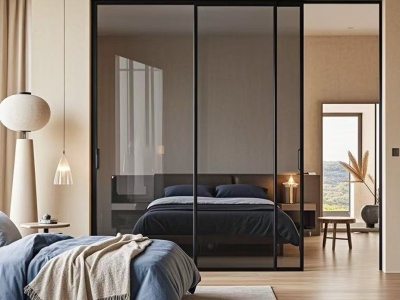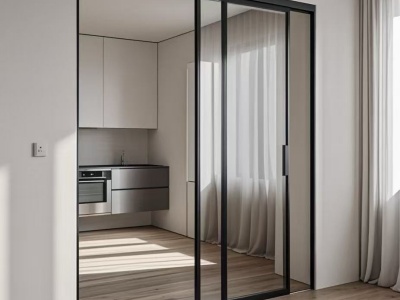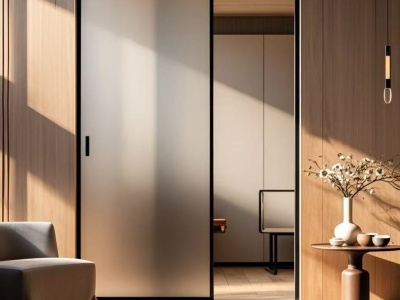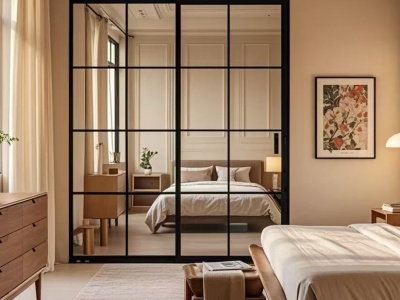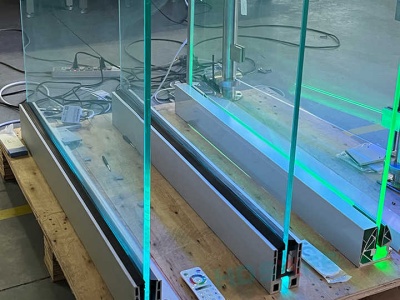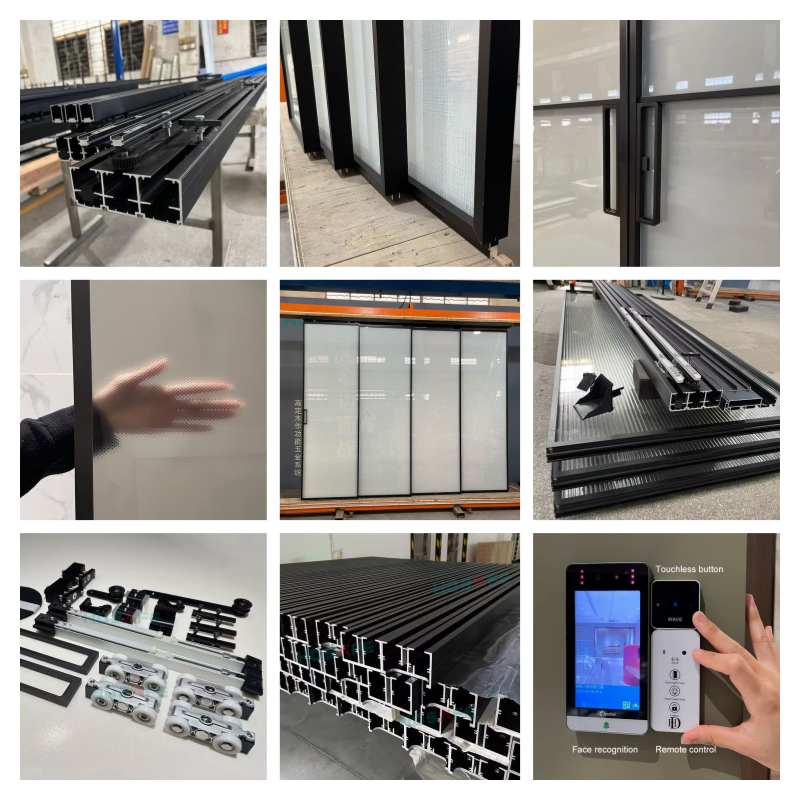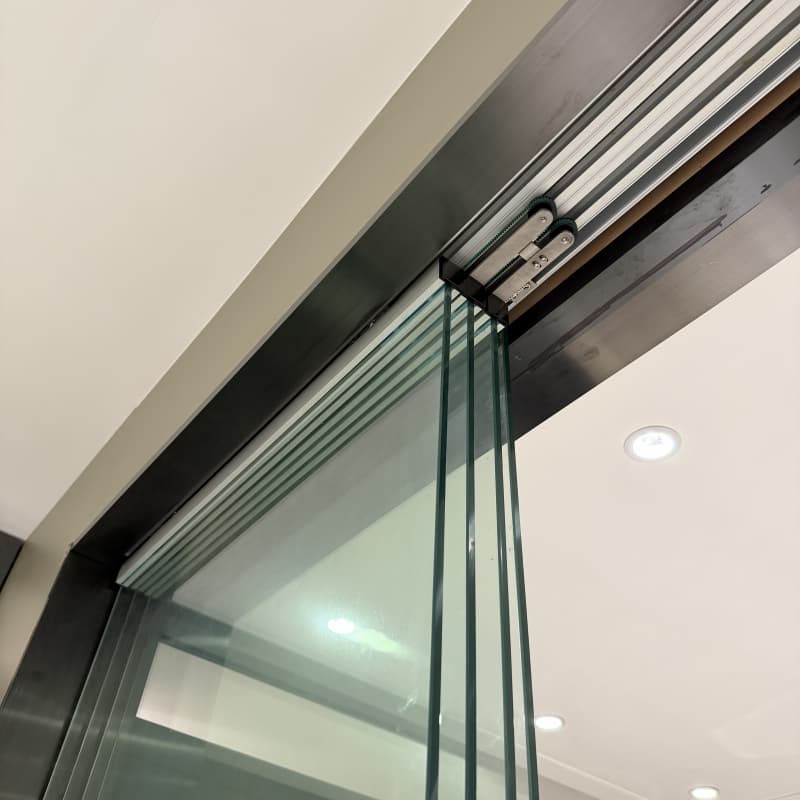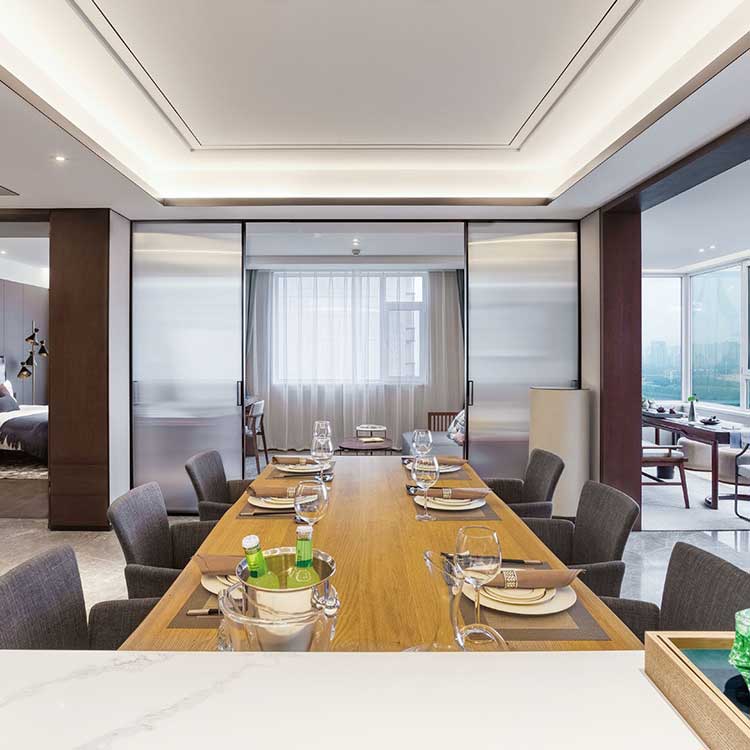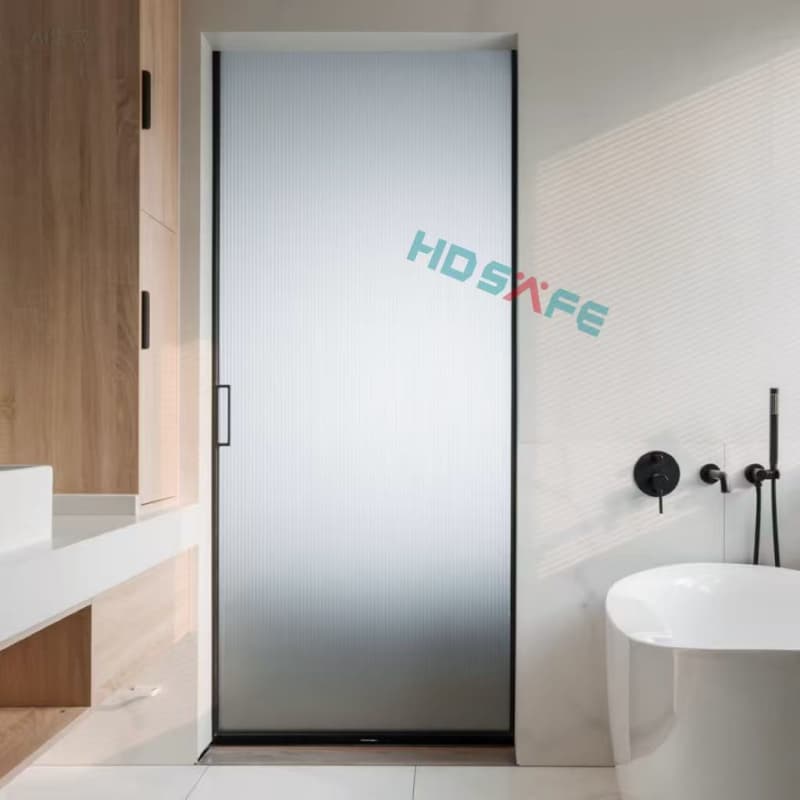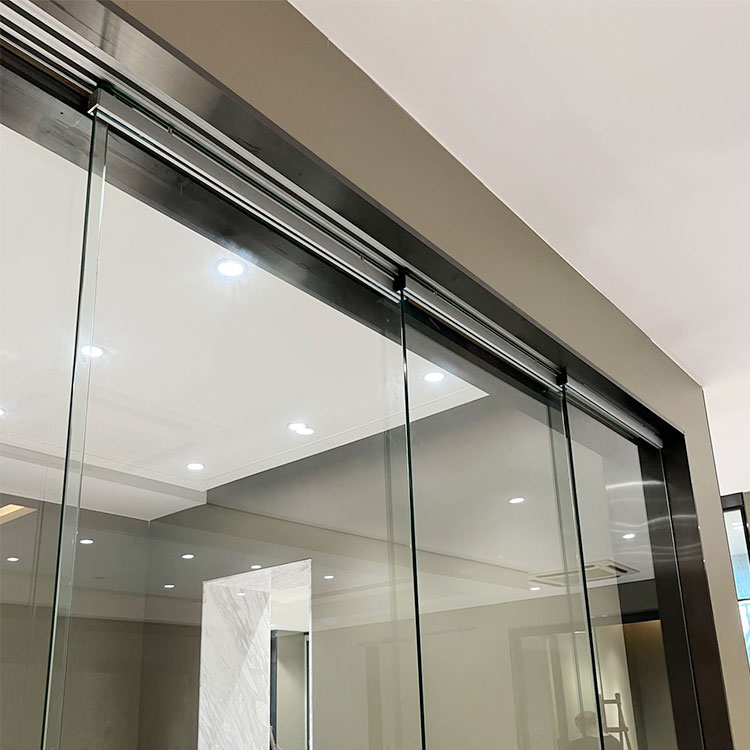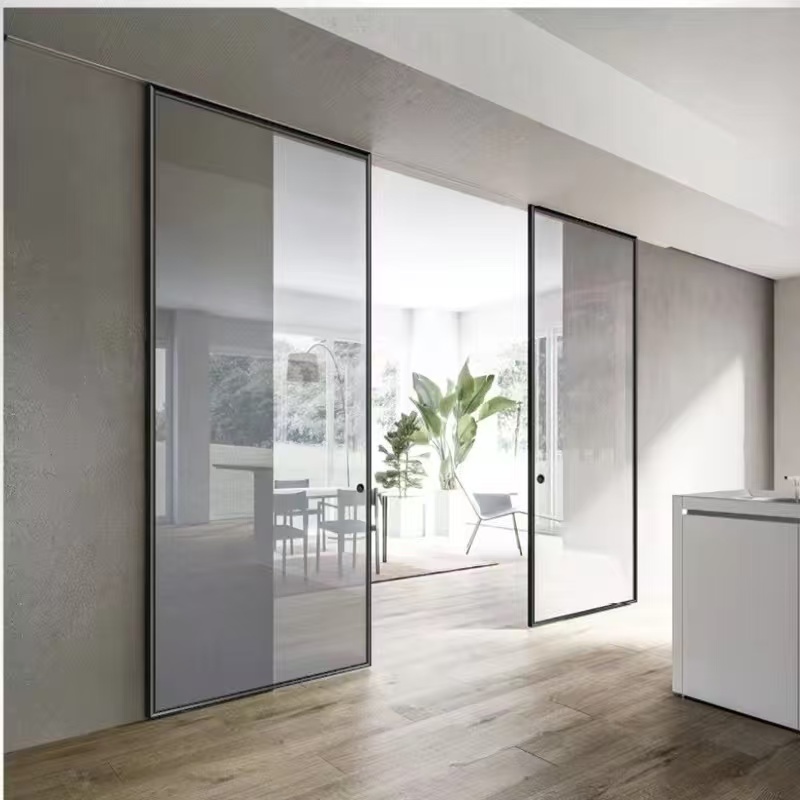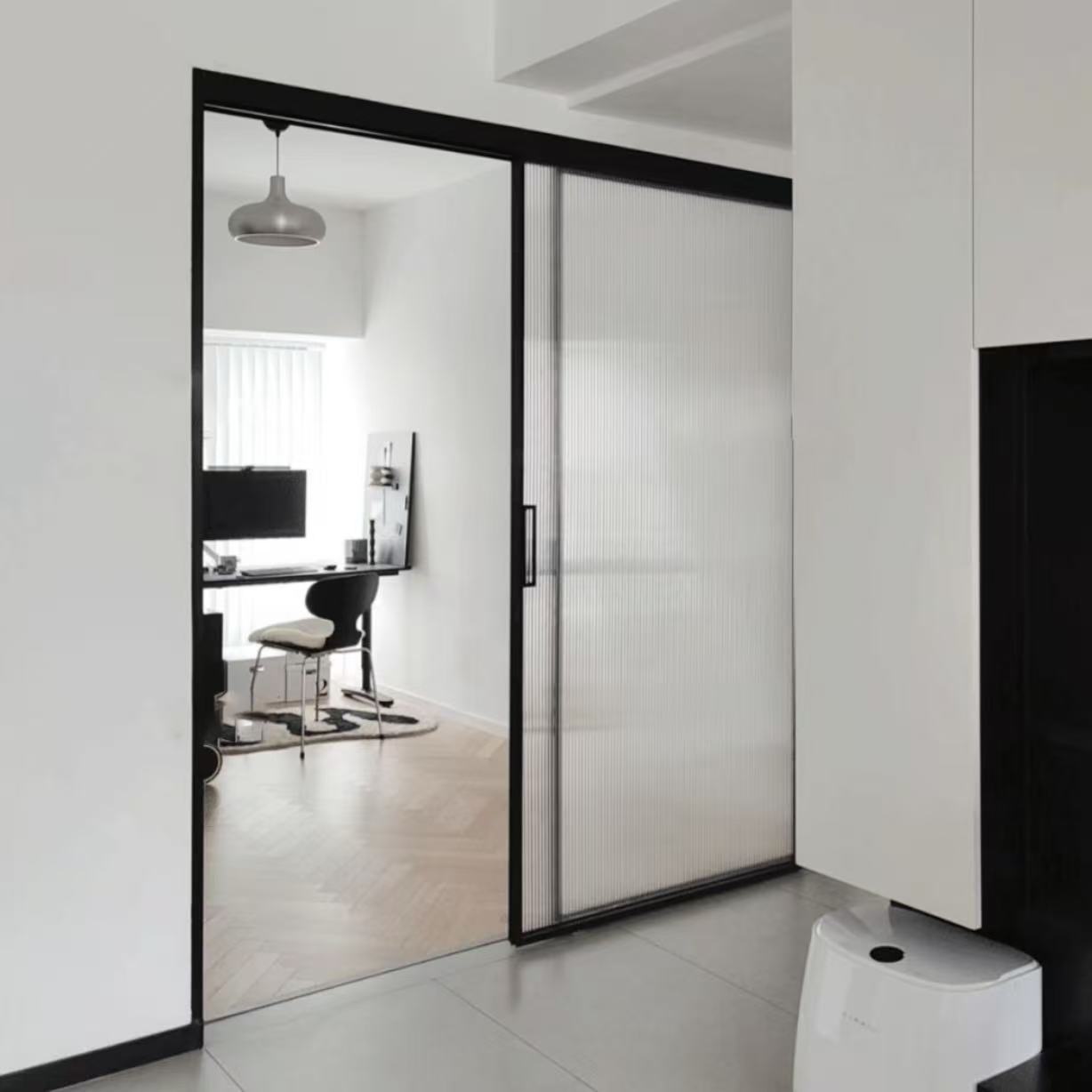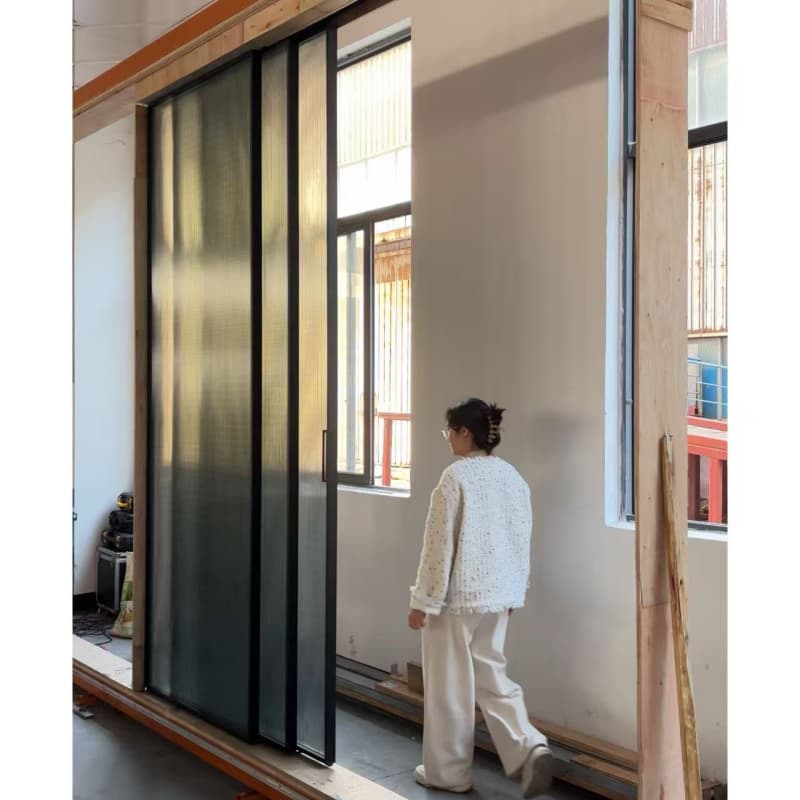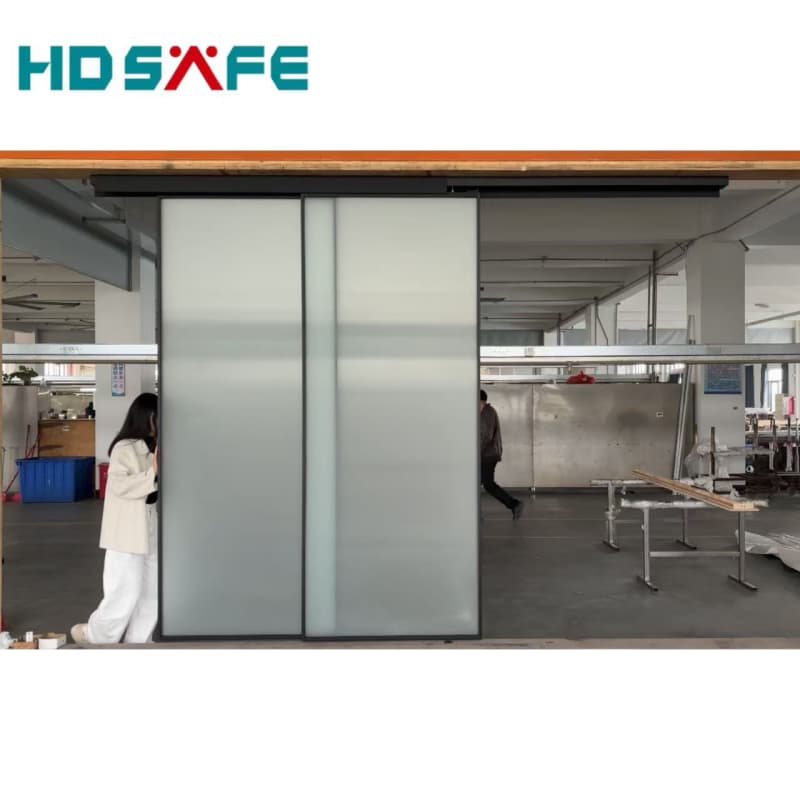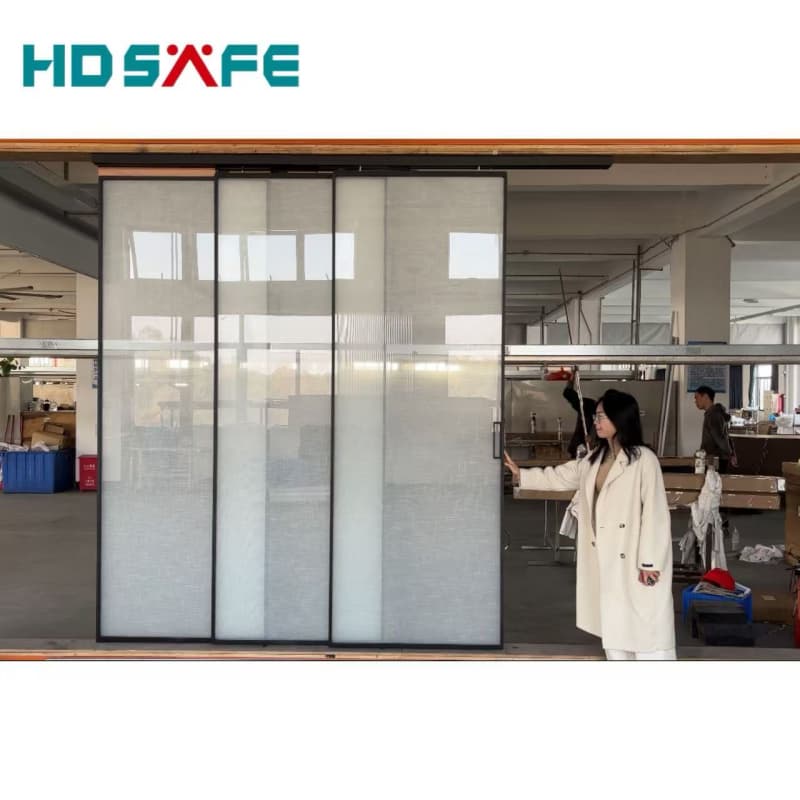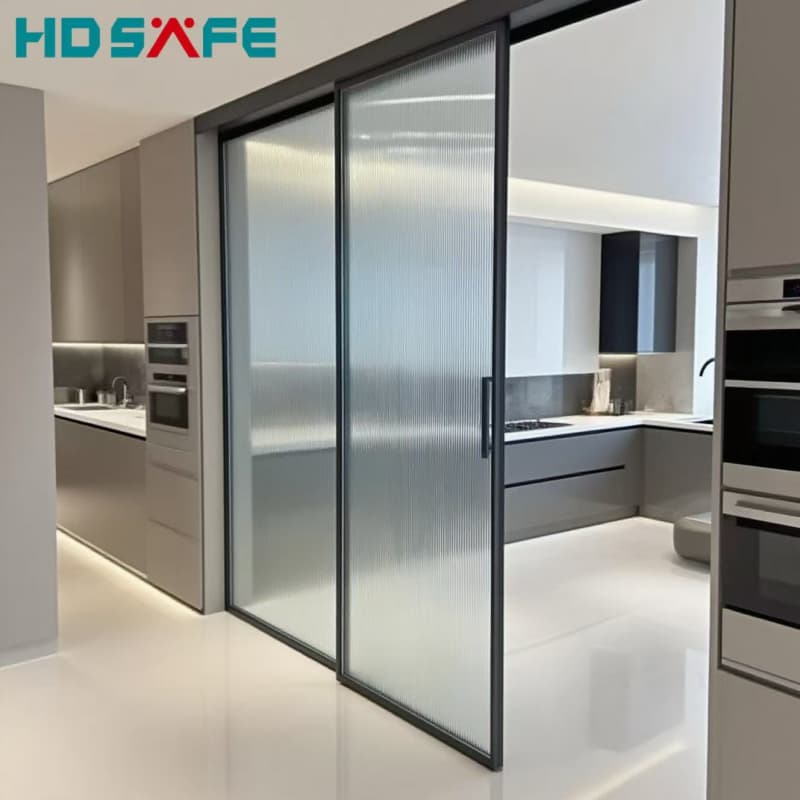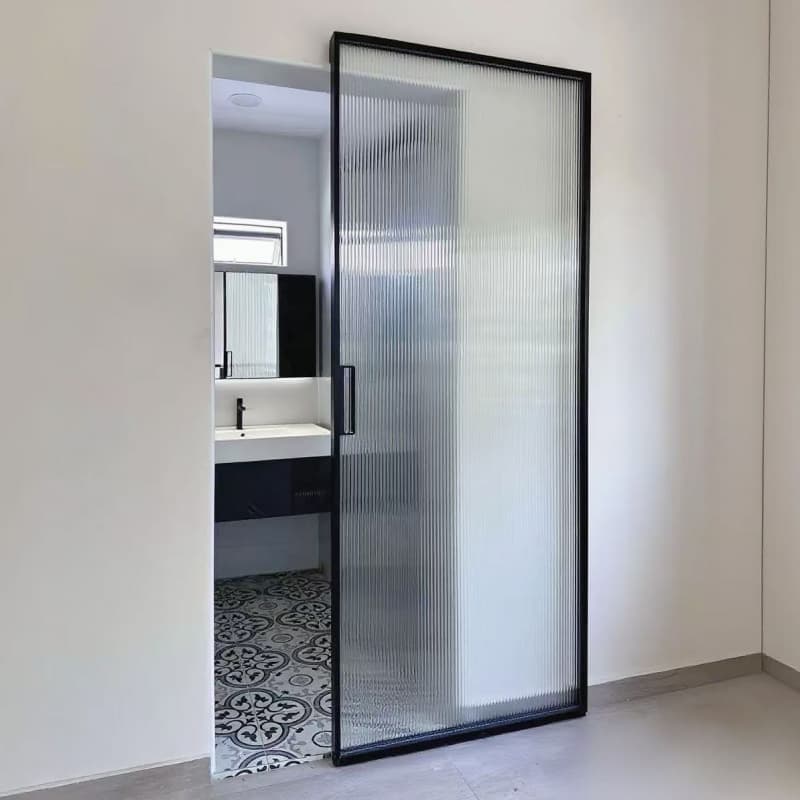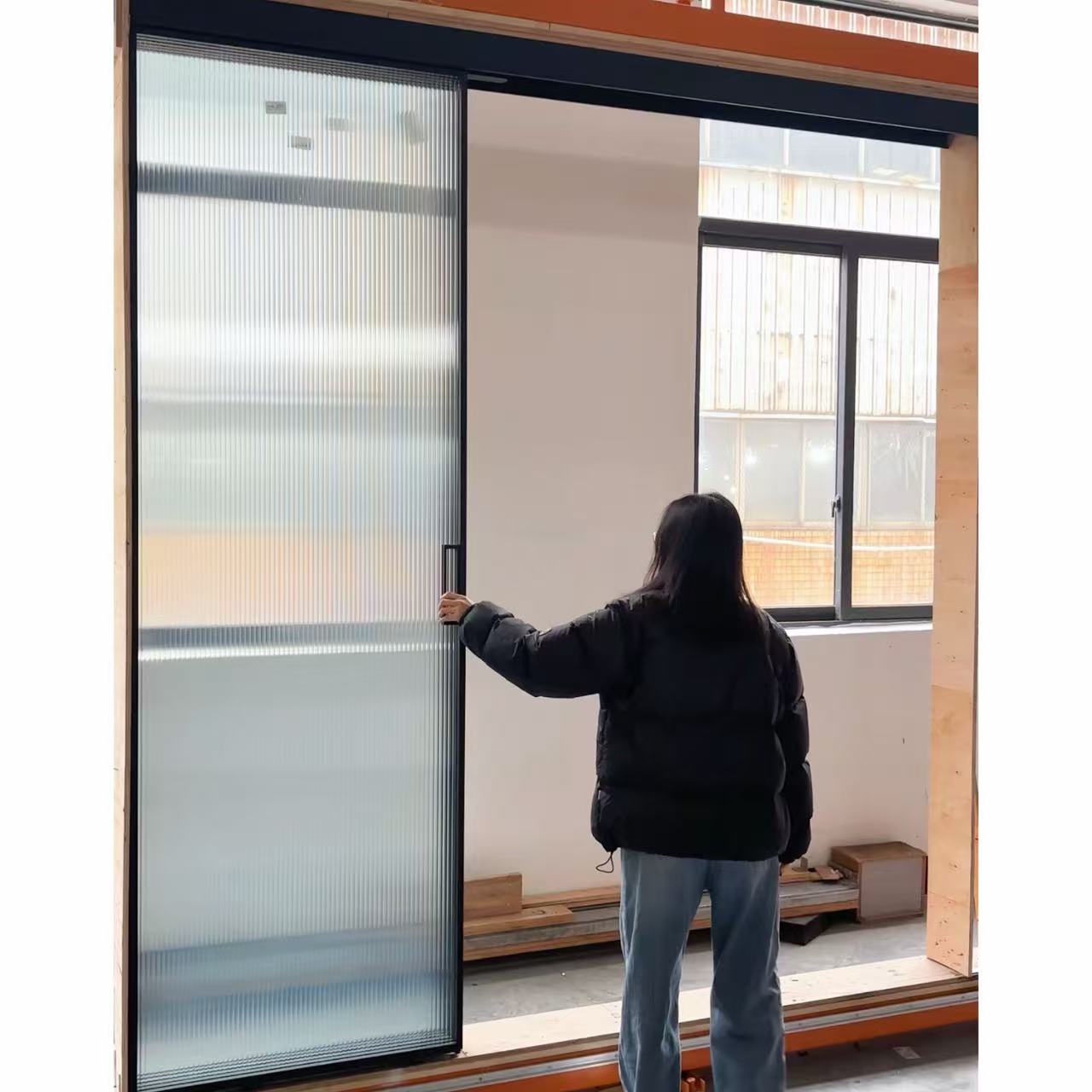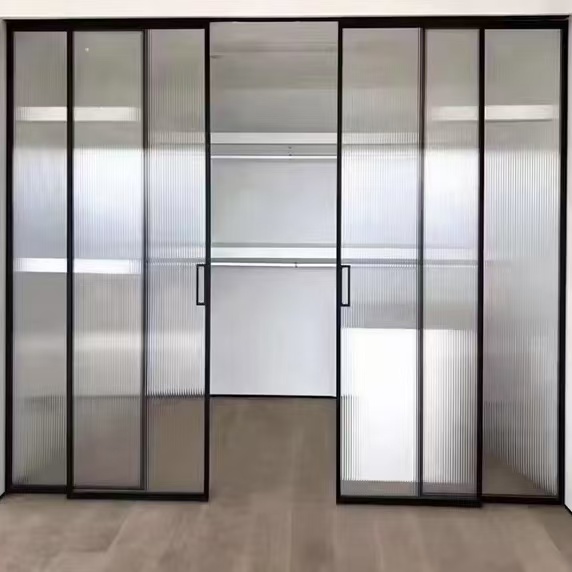Glass Handrail for Balcony: A Comprehensive Guide to Design, Safety, and Aesthetic Appeal
Introduction
The balcony is often considered the crown jewel of a modern home, offering a serene escape from the hustle and bustle of indoor living. It serves as a multi-functional space where one can relax, entertain guests, or simply enjoy the beauty of nature. However, the safety and aesthetics of a balcony are paramount, and this is where glass handrails come into play. Glass handrails for balconies have gained immense popularity in recent years due to their sleek design, transparency, and enhanced safety features. This article delves into the various aspects of glass handrails, including their design, materials, safety considerations, maintenance, and how they can transform the look and feel of your balcony.
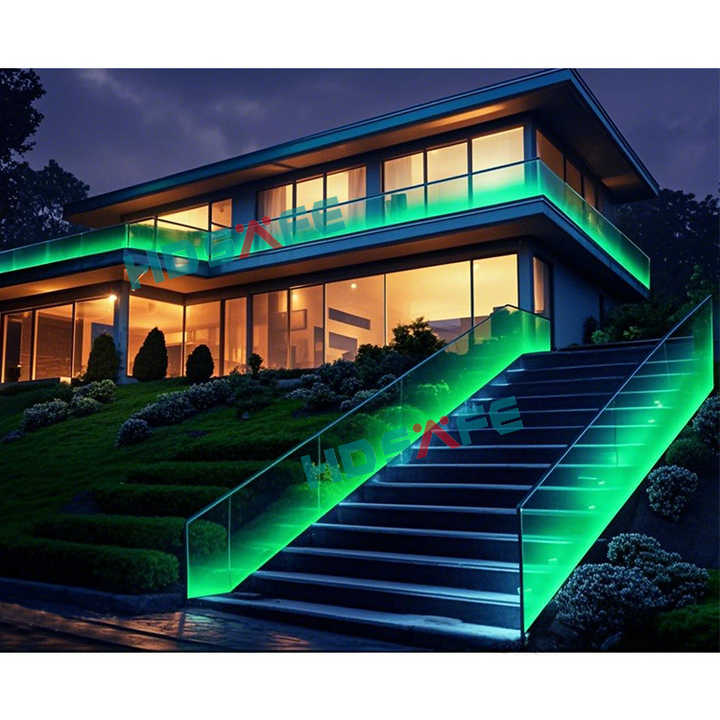
The Evolution of Balcony Handrails
Balcony handrails have evolved significantly over the centuries. In ancient times, handrails were primarily made of wood or stone, focusing solely on functionality. As architectural styles evolved, so did the materials and designs of handrails. The introduction of iron and steel in the industrial era brought about stronger and more durable handrails, but they often lacked the aesthetic appeal of their predecessors. The advent of modern materials like aluminum and glass has revolutionized the concept of balcony handrails, offering a blend of strength, safety, and beauty.
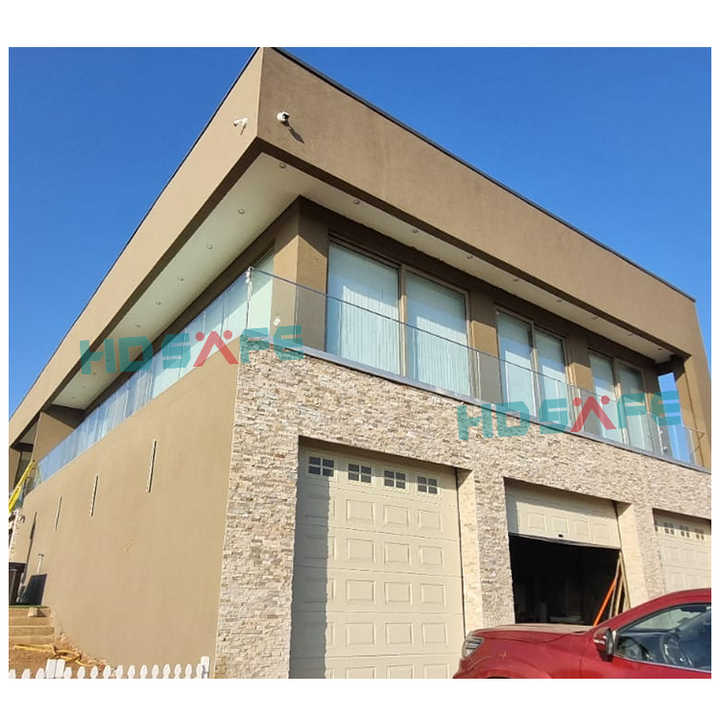
The Appeal of Glass Handrails
Glass handrails have become a favorite choice for modern homes due to their unique combination of aesthetics and functionality. Unlike traditional materials, glass offers a sense of openness and transparency, allowing natural light to flow freely and creating an illusion of a larger space. This can be particularly beneficial in urban apartments where space is at a premium. Additionally, glass handrails are available in a variety of styles, from sleek and minimalist to ornate and decorative, catering to diverse design preferences.
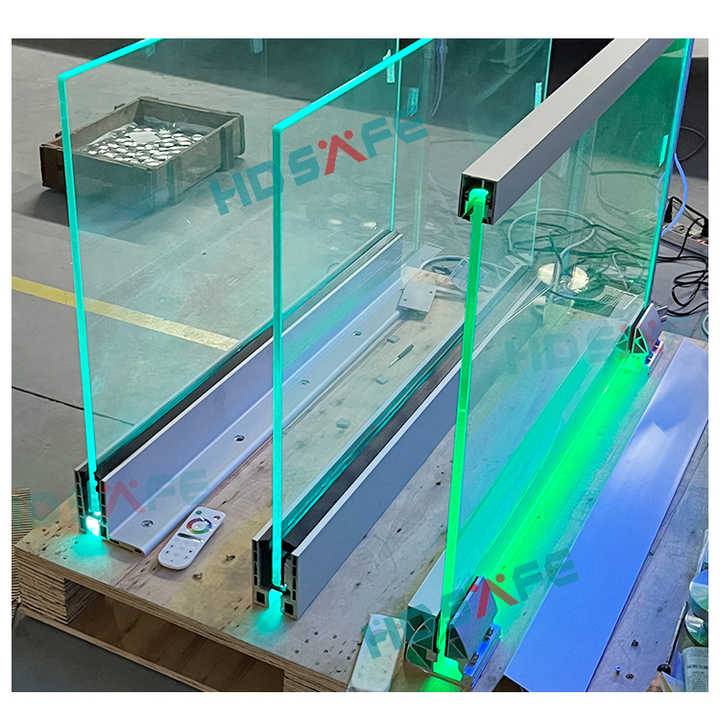
Types of Glass Used in Handrails
When it comes to glass handrails, the type of glass used is crucial for both safety and aesthetics. Here are some of the most commonly used types of glass:
-
Tempered Glass: Tempered glass is a type of safety glass that is processed by controlled thermal or chemical treatments to increase its strength compared to normal glass. It is designed to shatter into small, harmless fragments when broken, reducing the risk of injury. Tempered glass is the most commonly used material for balcony handrails due to its safety and durability.
-
Laminated Glass: Laminated glass consists of two or more layers of glass bonded together with a plastic interlayer. If the glass breaks, the interlayer holds the fragments in place, preventing them from falling out. This type of glass offers enhanced safety and is often used in areas where safety is a primary concern.
-
Frosted Glass: Frosted glass is a type of frosted glass that has been treated to produce a matte finish. It offers a degree of privacy while still allowing light to pass through. Frosted glass handrails can be a great option for those who want to maintain some level of privacy while still enjoying the benefits of a glass handrail.
-
Tinted Glass: Tinted glass is glass that has been colored by adding metallic oxides to the molten glass. It offers privacy and can also help reduce glare and heat gain. Tinted glass handrails can add a touch of elegance and sophistication to your balcony.
-
Patterned Glass: Patterned glass comes with various designs and patterns etched or sandblasted onto the surface. It offers a unique aesthetic appeal and can be used to create a custom look for your balcony. Patterned glass handrails can add a decorative element to your space while still maintaining functionality.
-
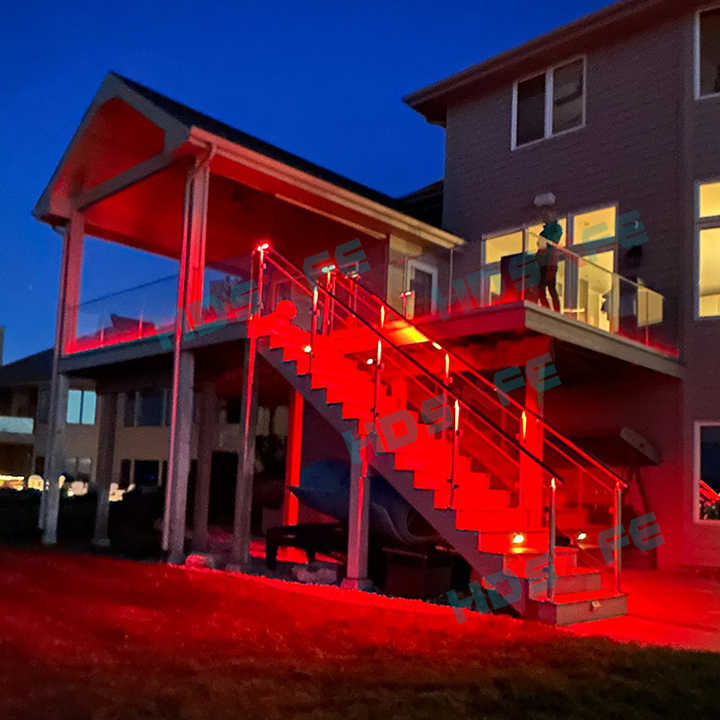
Design Considerations
Frame Materials
The frame of a glass handrail plays a crucial role in its overall appearance and durability. Common materials used for frames include aluminum, stainless steel, and wood. Aluminum frames are lightweight, corrosion-resistant, and available in a variety of finishes, making them a popular choice for modern homes. Stainless steel frames are known for their strength and durability, making them ideal for high-traffic areas. Wooden frames, on the other hand, offer a warm and natural aesthetic, making them a great option for those who prefer a more traditional look.
Height and Spacing
The height and spacing of the glass panels are important considerations for both safety and aesthetics. Building codes in most regions specify the minimum height for balcony handrails, typically ranging from 36 to 42 inches. It is essential to adhere to these regulations to ensure the safety of all users. The spacing between the glass panels should also be carefully considered to prevent any gaps that could pose a safety hazard, especially for small children and pets.
Glass Thickness
The thickness of the glass used in balcony handrails is another critical factor. Tempered glass is typically available in thicknesses ranging from 6mm to 19mm. The thickness of the glass will depend on the height and span of the handrail, as well as the specific safety requirements. Thicker glass is generally more robust and can handle greater loads, making it a safer choice for high or wide balconies.
Safety Considerations
Safety is the foremost concern when it comes to balcony handrails, and glass handrails are no exception. Here are some key safety considerations to keep in mind:
Impact Resistance
Glass handrails must be able to withstand impact without breaking. Tempered glass is the preferred choice for this reason, as it is designed to be four to five times stronger than regular glass. In the event of breakage, tempered glass shatters into small, rounded pieces, reducing the risk of injury.
Anti-Slip Surfaces
The surface of the glass should be anti-slip to prevent accidents, especially in wet or slippery conditions. Some manufacturers offer glass with a textured or frosted finish to improve traction. Additionally, the handrail's top rail can be designed with a grip-friendly surface to provide additional support.
Wind Load
In areas prone to high winds, it is essential to consider the wind load that the glass handrail can withstand. The design and thickness of the glass, as well as the strength of the frame, should be able to handle the force exerted by strong winds. Consulting with a structural engineer can help ensure that the handrail is up to the task.
Compliance with Building Codes
It is crucial to ensure that the glass handrail complies with local building codes and regulations. These codes specify the minimum requirements for height, spacing, and load-bearing capacity. Non-compliance can result in fines and may also compromise the safety of the balcony.
Installation Process
Proper installation is key to the safety and longevity of a glass handrail. Here are the general steps involved in the installation process:
Measurement and Planning
Accurate measurement of the balcony is the first step in the installation process. This includes measuring the length, width, and height of the balcony, as well as any obstructions or irregularities. Planning the layout of the handrail is also crucial, taking into account the placement of the glass panels and the frame.
Frame Installation
The frame is typically installed first, anchored securely to the balcony structure. The type of frame and the method of installation will depend on the specific design and the materials used. It is essential to ensure that the frame is level and plumb to provide a stable base for the glass panels.
Glass Installation
Once the frame is in place, the glass panels can be installed. This involves carefully placing the glass into the frame and securing it with clamps, brackets, or other hardware. The edges of the glass should be sealed to prevent moisture from seeping in and causing damage. Safety measures, such as padding or protective covers, should be used during installation to prevent accidents.
Final Adjustments and Finishing Touches
After the glass panels are installed, final adjustments may be necessary to ensure proper alignment and fit. Any gaps or spaces should be sealed to enhance the appearance and safety of the handrail. The final touches, such as adding decorative elements or hardware, can be completed at this stage.
Maintenance and Care
Proper maintenance and care are essential to ensure the longevity and continued safety of glass handrails. Here are some tips for maintaining your glass handrail:
Regular Cleaning
Regular cleaning is essential to keep the glass looking its best. Use a mild detergent and a soft cloth or sponge to clean the glass, avoiding abrasive materials that could scratch the surface. Rinse thoroughly with water and dry with a clean, lint-free cloth to prevent streaks and water spots.
Inspection and Repairs
Regular inspection of the glass and frame is important to identify any signs of damage or wear. Check for cracks, chips, or other signs of damage to the glass, as well as any loose or damaged hardware. If any issues are found, address them promptly to prevent further damage or safety hazards.
Weatherproofing
Proper weatherproofing is essential to protect the glass and frame from the elements. Apply a weatherproof sealant around the edges of the glass and at the points where the frame is anchored to the balcony structure. This will help prevent moisture from seeping in and causing damage.
Handling Scratches and Chips
In the event of minor scratches or chips, there are DIY solutions that can help restore the appearance of the glass. For minor scratches, a glass polishing compound can be used to buff out the scratches. For chips, a glass repair kit can be used to fill in the damaged area. However, for more severe damage, it is best to consult a professional for repair or replacement.
Aesthetic Transformations
Glass handrails can significantly enhance the aesthetic appeal of your balcony, creating a modern and sophisticated look. Here are some ways in which glass handrails can transform the look of your balcony:
Minimalist Elegance
The clean lines and transparency of glass handrails can create a minimalist and elegant look. The lack of visual obstructions allows the natural beauty of the surrounding environment to shine through, creating a sense of openness and tranquility. This is particularly effective in urban settings where the view of the cityscape or sky can be quite striking.
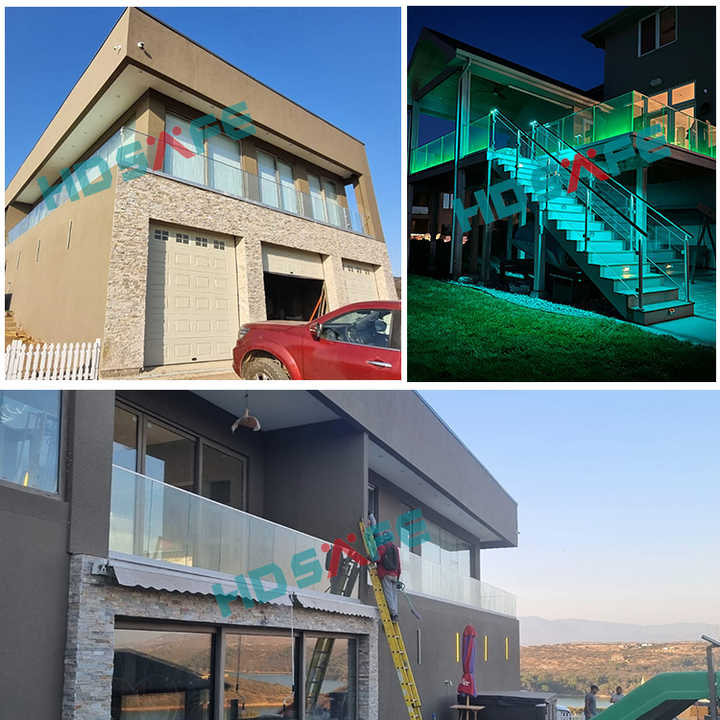
Modern and Contemporary
Glass handrails are a staple of modern and contemporary design. Their sleek and polished appearance complements a wide range of interior styles, from industrial to Scandinavian. The use of different finishes, such as brushed or matte, can further enhance the modern aesthetic, adding texture and depth to the overall design.
Customization and Personalization
Glass handrails can be customized to suit your specific design preferences. From the choice of glass type to the finish of the frame, there are countless options available to create a unique and personalized look. Patterned glass, stained glass, or even digital prints can be used to add a decorative element to your balcony, making it a true reflection of your personal style.
Integration with Other Materials
Glass handrails can be seamlessly integrated with other materials, such as wood, metal, or stone, to create a cohesive and harmonious design. For example, a glass handrail with a wooden frame can add warmth and texture to a modern balcony, while a combination of glass and metal can create a sleek and industrial look. The possibilities are endless, allowing you to create a design that is both functional and beautiful.
Environmental Benefits
In addition to their aesthetic and safety benefits, glass handrails can also contribute to a more sustainable and environmentally friendly home. Here are some ways in which glass handrails can have a positive environmental impact:
Energy Efficiency
Glass handrails can help improve the energy efficiency of your home by allowing natural light to penetrate deeper into the living space. This can reduce the need for artificial lighting during the day, thereby lowering energy consumption and utility bills. Additionally, some types of glass, such as low-emissivity (Low-E) glass, can help regulate indoor temperatures by reflecting heat back into the room, reducing the need for heating and cooling.
Recyclability
Glass is a highly recyclable material, making it an environmentally friendly choice for handrails. At the end of its lifespan, glass can be recycled and used to create new products, reducing waste and conserving natural resources. When choosing a glass handrail, consider opting for one made from recycled glass or one that can be easily recycled at the end of its life.
Durability
The durability of glass handrails means that they require less frequent replacement compared to other materials, such as wood or metal. This not only reduces waste but also saves on the costs and resources associated with manufacturing and installing new handrails. By choosing a durable and long-lasting material like glass, you can minimize your environmental footprint and contribute to a more sustainable future.
Challenges and Considerations
While glass handrails offer numerous benefits, there are also some challenges and considerations to keep in mind:
Cost
Glass handrails can be more expensive than traditional materials, such as wood or metal. The cost of materials, installation, and maintenance can add up, making it important to consider your budget before making a decision. However, the long-term benefits, such as energy efficiency and durability, can offset the initial costs.
Weight
Glass is heavier than many other materials used for handrails, which can pose challenges during installation. The balcony structure must be able to support the weight of the glass, and additional support may be required in some cases. Consulting with a structural engineer can help ensure that the balcony is capable of supporting the weight of a glass handrail.
Safety Concerns
While glass handrails are designed to be safe, there are still some concerns that need to be addressed. The risk of breakage, though low, is still a consideration, particularly in high-traffic areas or in homes with small children or pets. Choosing tempered glass and ensuring proper installation and maintenance can help mitigate these risks.
Maintenance
While glass handrails are relatively low-maintenance, they do require regular cleaning and inspection to maintain their appearance and safety. This can be time-consuming, particularly for those with limited time or mobility. However, the benefits of a clean and safe handrail can outweigh the effort required for maintenance.
Conclusion
Glass handrails for balconies offer a perfect blend of safety, durability, and aesthetic appeal, making them a popular choice for modern homes. By understanding the different types of glass, materials, and design considerations, you can choose a handrail that complements your home's style and enhances the functionality of your balcony. Proper installation and maintenance are essential to ensure the safety and longevity of your glass handrail, while customization options allow you to create a unique and personalized look. Despite some challenges and considerations, the benefits of glass handrails make them a worthwhile investment for any homeowner looking to enhance their outdoor living space.
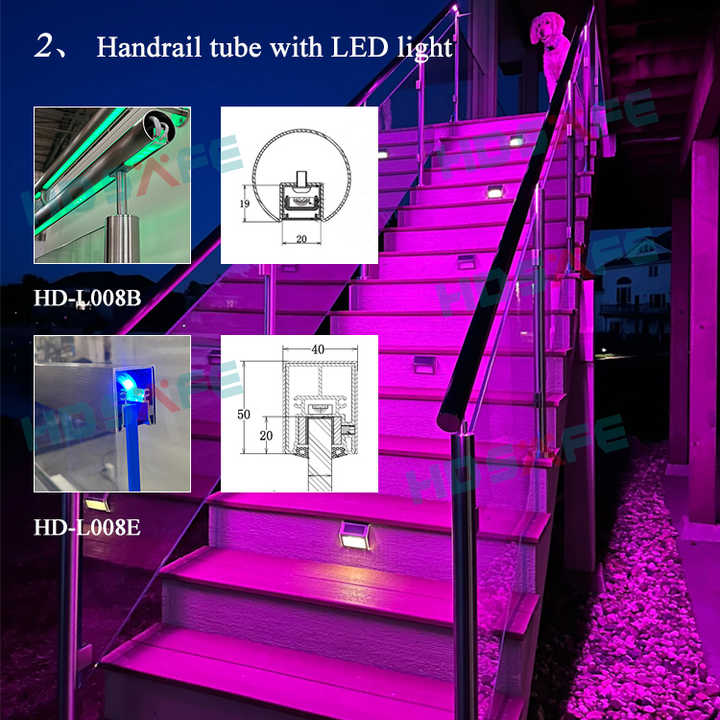
As you plan your balcony renovation or new construction project, consider the many advantages that glass handrails can bring. From improved safety and durability to enhanced aesthetics and environmental benefits, glass handrails are a versatile and attractive option that can elevate the look and feel of your home. With careful planning and attention to detail, you can create a balcony that is not only safe and functional but also a beautiful and inviting space that you will enjoy for years to come.





 Home
Home May 28,2025
May 28,2025 
 Glass Handrail Design: A Comprehensive Guide to Modern Architecture and Aesthetics
Glass Handrail Design: A Comprehensive Guide to Modern Architecture and Aesthetics 
 May 19,2025
May 19,2025 
